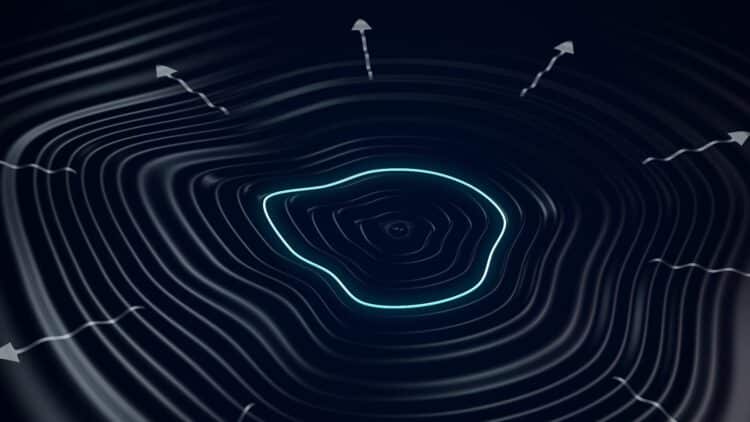Most likely, one of the main focuses of scientists is to understand how the universe formed, shortly after the Big Bang, and what scars it may have left over time. After all, this is what they have been searching for since the beginning of modern physics. The idea that space-time can carry mistakes, such as remnants of extreme cosmic events, has intrigued researchers for decades. And why? Well, these invisible marks could reveal a lot about the first seconds after the Big Bang and even help solve some of the greatest mysteries of physics.
The scars that the Big Bang left
Before we talk about this discovery itself, we need to go back billions and billions of years, to the early days of the universe… less than a fraction of a second after the Big Bang, the cosmos underwent violent transformations. Imagine the scenario: at extremely high temperatures, the fundamental forces of nature were unified. However, as the universe cooled, these forces separated in stages, in a process called phase transition, which is very similar to the freezing of water.
And then, during these transitions, we imagined that, theoretically, space-time could have suffered small flaws. We are talking about things like cracks in newly formed ice. These flaws would be one-dimensional structures called cosmic strings. They would have extended over vast distances, as thin as atomic nuclei, but incredibly dense, some containing even the mass of tens of thousands of suns.
These strings have been theorized since the 1970s, but they lost ground as an explanatory hypothesis after inflationary models were able to describe the universe without them. However, the possibility of detecting them resurfaced with the idea that these structures could generate detectable gravitational waves, and this was only possible thanks to instruments such as LIGO, Virgo, and NANOGrav.
Why only look at these mistakes now?
Scientists have only recently turned their attention to cosmic strings, largely due to a discovery released by the Indian Institute of Astrophysics. The institute, in a study still under review, analyzed a field of sky called CSc-1, where two extremely similar galaxies caught the eye (just as this mysterious and enormous galaxy also caught the eye of NASA). Why? Well, they were initially interpreted as separate galaxies, but the entities showed identical light spectra…
That raised the hypothesis that they were being visually duplicated by a phenomenon known as gravitational lensing, which is nothing more than the same effect that creates duplicated or distorted images when large masses distort the space-time around them.
Until one fact surprised everyone: instead of a massive galaxy causing this lens, scientists propose that the duplication may have been caused by a tilted cosmic string. If this is confirmed, it would be the first direct visual evidence of one of these structures, which could change the course of modern theoretical physics.
More cosmic strings are appearing out there
The surprises didn’t stop there, because on the other side of the world, scientists from the NANOGrav project announced an unexpected detection: a background of low-frequency gravitational waves, captured by observing pulsars, those stars that emit regular signals. And these waves cannot be explained by black holes alone, according to them.
Therefore, when they analyzed the origin of the signal in more detail, they realized that it fit better with the patterns predicted by cosmic superstrings, another variation of traditional strings based on superstring theory. This theory proposes that all matter in the universe is made of strings vibrating in multiple dimensions, and its experimental proof would be a historic milestone for physics. Perhaps we are closer to discovering what came after the Big Bang than we imagined.


